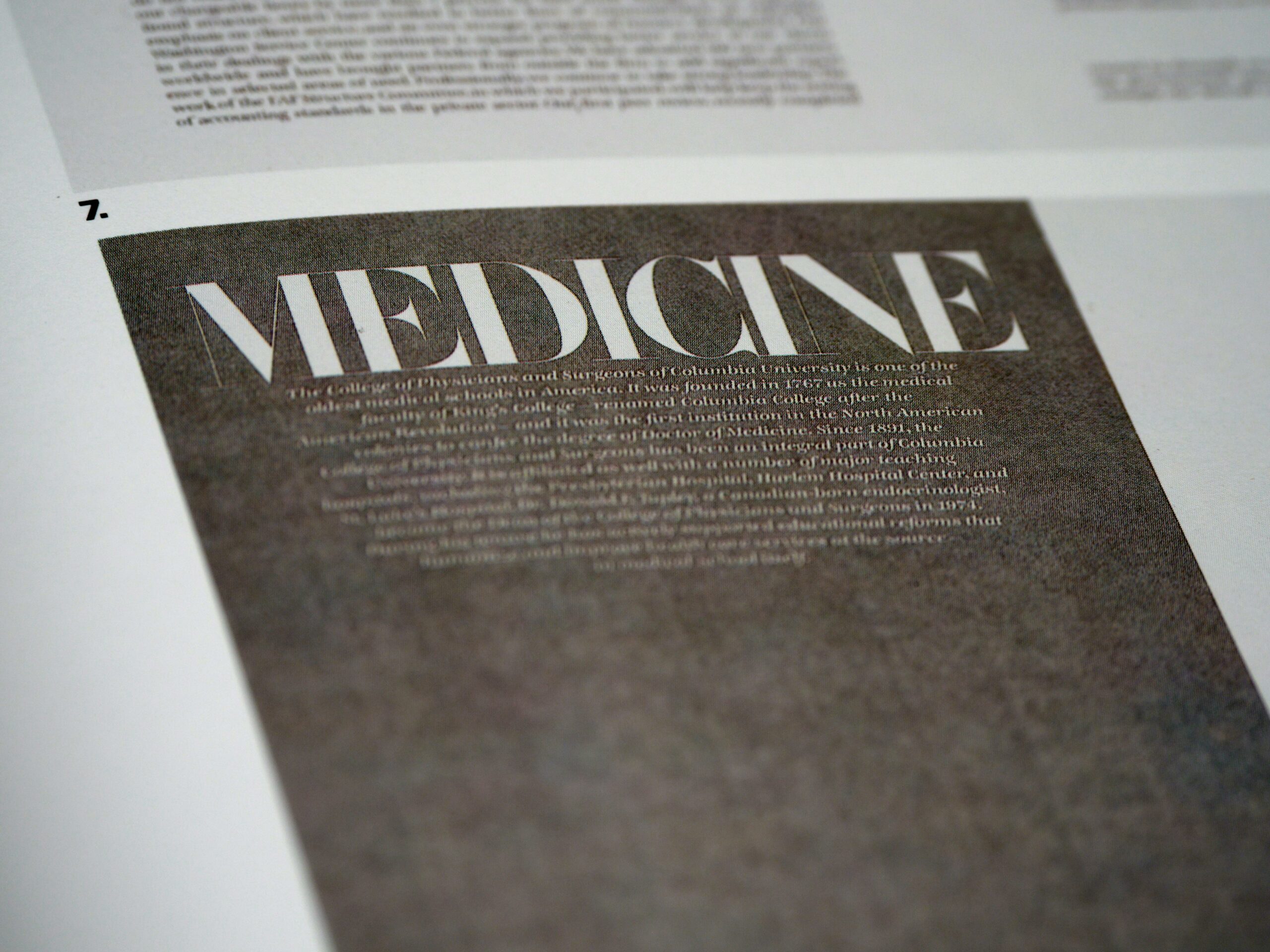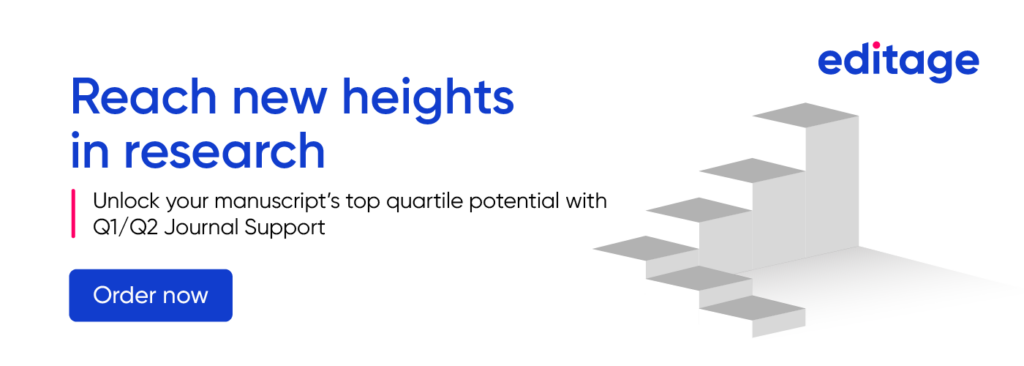
|
Getting your Trinity Audio player ready...
|
The journal impact factor (IF) has been used for many years as a way to measure how important or “prestigious” a journal is, based on how often its articles are cited by other researchers. However, more and more people are starting to question how accurate and reliable the IF is for evaluation of scientific journals or to measure how good or successful an individual researcher or study is. More and more institutions are moving away from using only IF and are adopting a wide variety of measures to track a researcher’s performance and make personnel-related decisions (tenure, promotions, etc.). However, the IF remains popular, and some authors still value publication in “high impact factor journals” in order to advance in their careers.
What is impact factor?
IF of a journal shows how many times, on average, articles from that journal were cited by other researchers in a specific year. To calculate the IF for a journal in a given year, we look at how often articles from the previous two years were cited.
For example, if a journal had an IF of 3 in 2023, it means that, on average, each article published in 2021 and 2022 was cited three times in 2023.
This data is compiled and calculated every year in June by Clarivate Analytics, in their Journal Citation Reports. The 2024 version covers 21,848 journals across 112 countries, of which 544 journals received an IF for the first time.
Calculating journal impact factor
The formula for calculating the IF of a journal is:
Impact Factor for 2023 = A / B
- A = the number of times articles from 2021 and 2022 were cited in 2023.
- B = the total number of articles and reviews published by that journal in 2021 and 2022.
These numbers are calculated and published the next year (i.e., 2024) because the data from all the citations in a given year need to be processed first.
From 2023 onwards, Clarivate has consciously chosen to display IF up to 1 decimal place, rather than up to 3 decimal places. This decision was made to prevent incorrect comparisons between journals. For example, Journal A with IF of 8.33 is not substantially “better” than Journal B with IF of 8.31.
What is a good impact factor?
There’s no single number that makes a “good” IF. Some fields tend to have higher IF values; for example, the leading journal in oncology, CA-A Cancer Journal for Clinicians, had an IF of 503.1 in 2023. Biomedical journals like Lancet (IF = 98.4), NEJM (IF = 96.2), JAMA (IF = 63.1), and BMJ (IF = 93.6) have also high IF values.
However, in fields like the arts and humanities, journal article publications and citations are much lower and slower than those in medicine and the life sciences. This means that you can’t simply say that a chemistry journal with an IF of 5 is “better” than a psychology journal with an IF of 3.

High impact factor journals: 10 highest journals
| Journal Name | Subject Area | Impact Factor (2022) |
| CA: A Cancer Journal for Clinician | Oncology | 286.13 |
| Lancet | General Medicine | 168.9 |
| NEJM | General Medicine | 158.5 |
| JAMA | General Medicine | 120.7 |
| Nature Reviews Drug Discovery | Pharmaceutical Sciences | 120.1 |
| Nature Reviews Molecular Cell Biology | Life Sciences | 112.7 |
| BMJ | General Medicine | 105.7 |
| Nature Reviews Immunology | Immunology | 100.3 |
| Nature Reviews Microbiology | Microbiology | 88.1 |
| Nature Reviews Materials | Materials Science | 83.5 |
Note: IF values change every year
Why publish in high impact factor journals?
As you can gauge from the above, IF is a journal-focused measure. It doesn’t tell you much about an individual article published in the journal or about the researcher who wrote it. A journal with a high IF could still publish a poorly written article with substandard research. A scientifically flawed article might still get published in a journal with a high IF. Do you remember the hype around hydroxylchloroquine to treat SARS-CoV-2 infection in 2020? Those studies were published in top journals like Lancet and have now been retracted.
Nevertheless, a vast number of universities still use IF as a metric when evaluating a researcher’s performance. Editors and publishers vie for higher impact factor rankings to showcase the significance of their journals, while researchers aim to publish in these “prestigious” journals (Triggle et al., 2021). Journals with high IF often have high rejection rates too; NEJM, by the way, publishes only 5 out of every 100 articles submitted.
How to get published in high impact factor journals
Publication in a journal with a high IF is generally difficult. But it’s not possible: authors do get published there! You have a better chance of getting accepted by such a journal if you can meet the following conditions
- Your research directly matches the aims and scope of the target journal
- Your study addresses a pressing current issue that significantly affects a lot of people
- You’ve reviewed all relevant recent research on this topic and can clearly demonstrate how your study makes a valuable contribution to existing knowledge
- You’ve used a robust study design and top-quality methodology
- Your data is accurate and comprehensive (issues like missing data can reduce data quality)
- Your interpretations of your findings are convincing and backed by evidence
- You’ve clear, easy-to-understand figures and tables
- Your writing is free of errors and easy to follow
- You’ve scrupulously followed all ethical guidelines for your field
Other ways to evaluate a journal
Scimago Journal Rank (SJR)
- Data source: Scopus
- How it’s calculated: Citations from top journals count more than those from lower-ranked journals, like how Google ranks websites. SJR for 2010 counts citations from 2010 to papers from 2007–2009.
- Why it’s useful: It shows which journals are cited by prestigious sources, not just frequently cited.
Source Normalized Impact per Paper (SNIP)
- Data source: Scopus
- How it’s calculated: SNIP adjusts citation counts based on the research field, addressing the issue where some fields have naturally higher or lower Impact Factors. It also looks at other metrics like the citation potential in the journal’s subject area.
- Why it’s useful: SNIP is more reliable than the JIF for comparing journals across different fields and is less prone to manipulation.
Eigenfactor Score (ES) and Article Influence Score (AIS)
- Data source: ISI Web of Science
- How it’s calculated: The Eigenfactor Score (ES) is a lot like the SJR (Scimago Journal Rank) because it gives more value to citations from well-known journals. ES is calculated based on data from the past 5 years, and it also adjusts for different fields of study. Additionally, it tries to model how much time a researcher spends reading each journal. The Article Influence Score (AIS) is similar to the Impact Factor (IF), but it’s based on the ES, making it more accurate than the IF.
- Why it’s useful: Research shows that ES and AIS are stronger indicators of a journal’s prestige and influence compared to the Impact Factor.
Conclusion
Despite its many flaws, a large number of researchers today still cannot ignore journal IF. Publishing an article in a “high impact factor journal” is considered a significant achievement, and early career researchers still feel pressured to publish in these journals, due to the evaluation systems used in their institutions. As Jon Brock mentioned in his article in Nature, “Science needs a healthy dose of its own medicine, yet refuses to take the pill.”









Leave a Reply